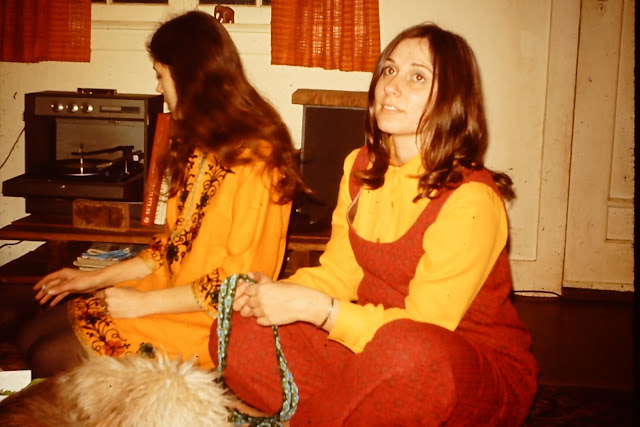Linda a long time ago
Okay, to
optimally appreciate this blurb, you may need to be reminded of the meaning of three terms
:
Sensitivity: The ability of a test to detect a medical
condition, expressed as a percentage.
Specificity: The ability of a
test to determine that the condition does not exist, also a percentage.
OS: Overall survival: The fraction of people still alive at some
time in the future,usually measured from time of diagnosis.
So, if the
sensitivity of a test is 90%, it follows that 10% of the patients identified by
the test will be “false positives”. The
rest have the disease. Similarly, a
specificity of 90% indicates that the test missed 10% 0f the patients who have
the disease. These are called “false
negatives”. Clearly, the higher the
better, on both scores. Tests with
sensitivities and specificities of 50% or less probably aren’t worth doing.
Note that OS
(overall survival) depends partly on how early a condition is detected. If a condition is completely incurable,
earlier detection will increase OS without affection the ultimate outcome at
all.
So, here is
a new blood-based cancer test that shows great promise. Read about it.
Since most
of you WON’T read about it, here are some highlights.
The primary
author is Joshua Cohen, from Johns Hopkins University (he has 41 co-authors,
from almost as many labs!). This mass of
research talent has designed a blood-based assay that looks at 16 genes (you
recall that cancers will shed fragments into the blood stream, right?) as well
as eight proteins known to be associated with various cancers (CA-125, for
instance). Then, in a happy marriage of
biology and computer science they used something called “supervised machine learning”
to evaluate and extend the usefulness of their predictive algorithm, which they
call cancerSEEK. Input data came from 1005 patients
known to have cancer from clinical evaluation.
The cancers screened for were ovarian, liver, stomach, breast, esophagus,
lung, pancreas, and colorectal. Median
sensitivity across the board was 70% (98% for ovarian!), and overall
specificity was 98%. This, boys and
girls, is damned good news! But,
inevitably – much more work needs to be done. Five to ten years, says Dr. Cohen.
This paper
appeared in Science – which validates
my opinion that this is a big deal. If
you want to study the original paper, for a PDF click on
https://www.breastcarenetwork.com/wp-content/uploads/2018/01/Cohen-et-al-Science.pdf
In the PDF
the authors estimate the cost of a cancerSEEK
run at $500. That’s a lot, if
applied to the entire population systematically and repeatedly. Almost surely advancing technology will bring
the price down, at least a little. And,
if we were able to stop building aircraft carriers and nuclear missiles, maybe
we could swing it. Let us fervently hope so.








